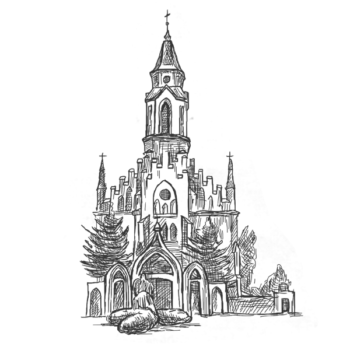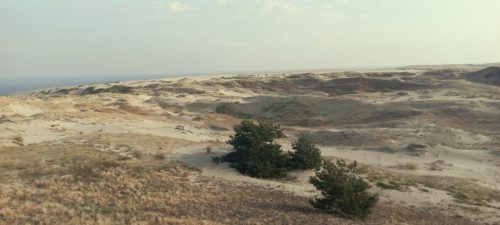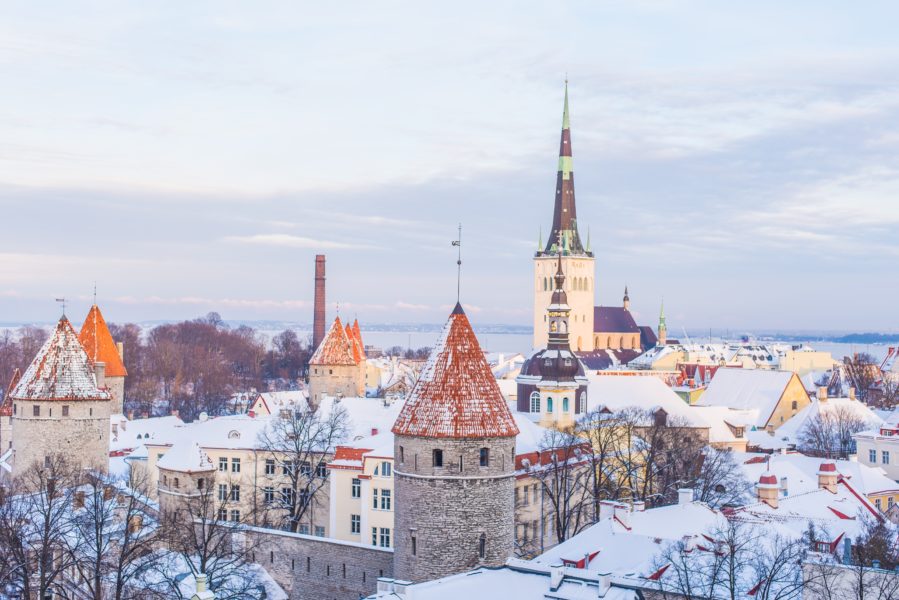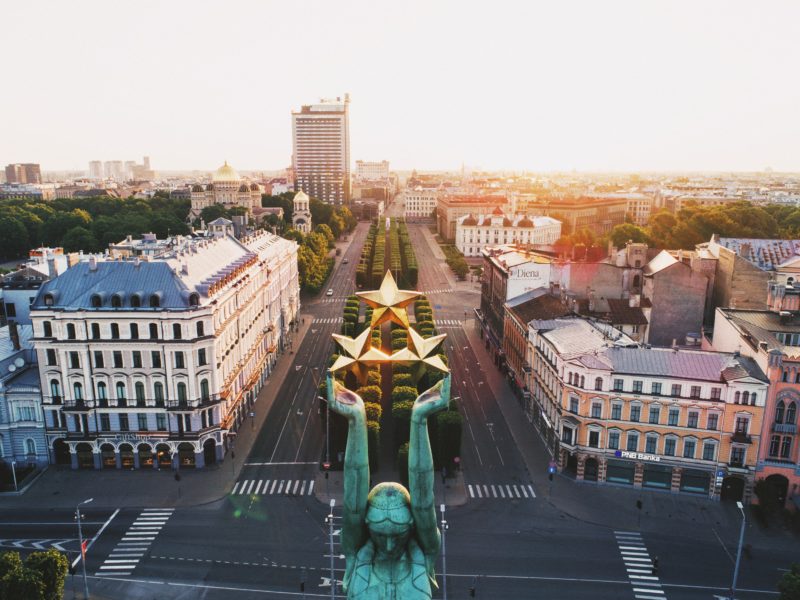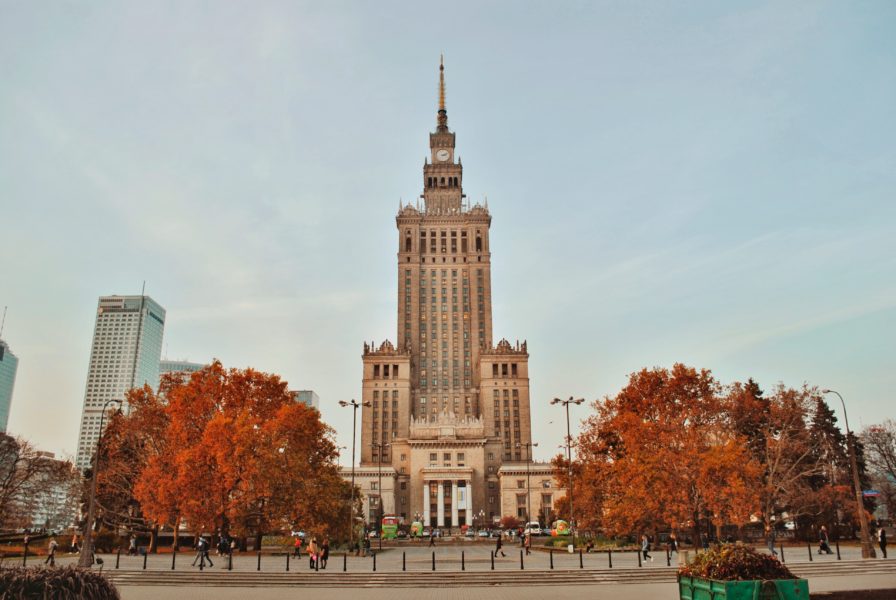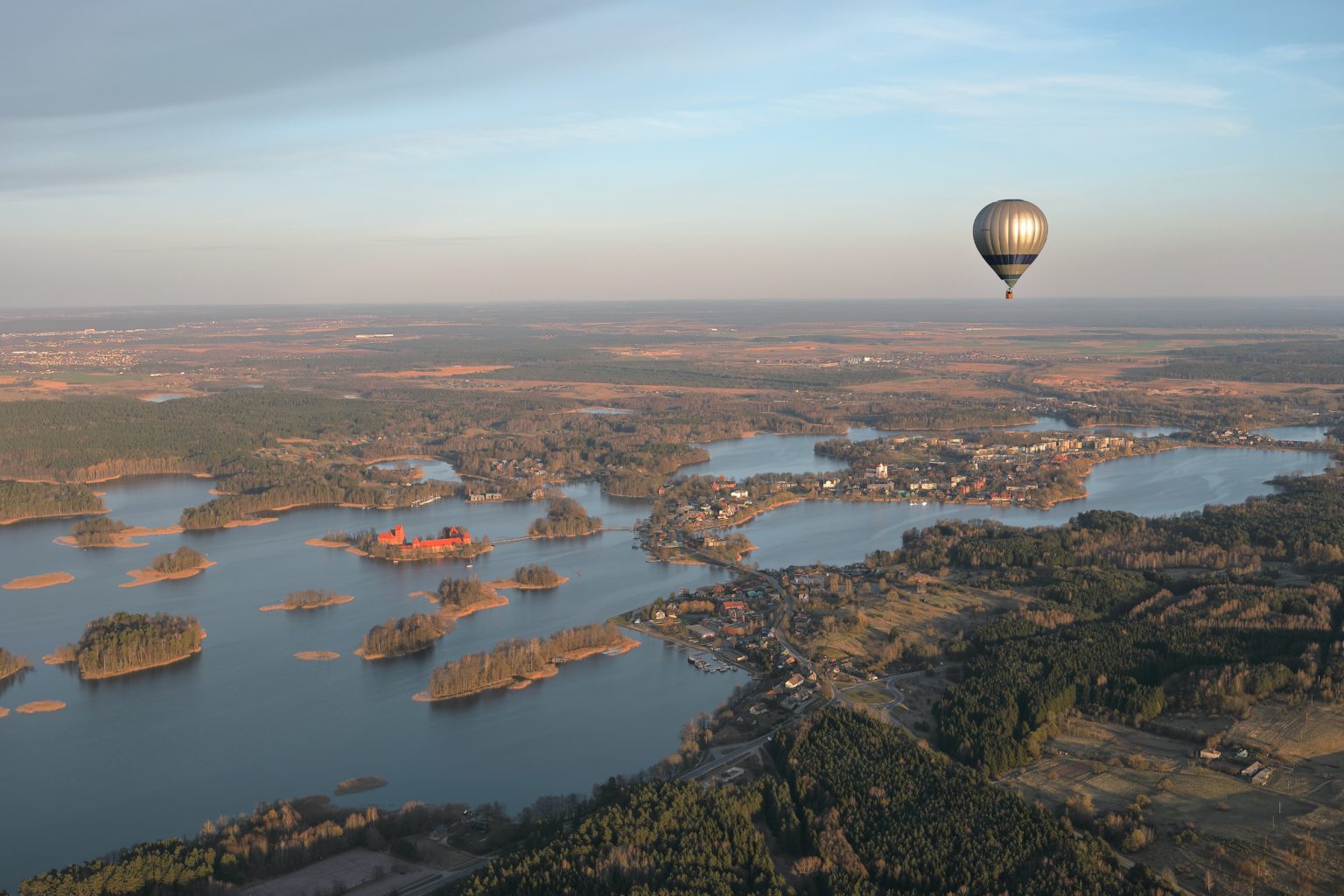
Lithuania
Lithuania
Science in Lithuania
DNA consists of a sequence of four bases that you only need to know in order to understand them. However, it is not quite as simple as that. For example, the packaging of the genetic material obviously also plays a major role, as only what is unpacked can be read. We have understood this packaging a little better since the work of Lithuanian-born Aaron Klug, who developed a microscopy method and was promptly awarded the Nobel Prize for it in 1982.
The Facts
| Population | 2,872,000 [1] |
| Area | 62,610 km² [2] |
| Gross domestic product per capita in US-Dollar | 27,026.0 [3] |
| Public expenditure on education (share of GDP) | 4.0 % [4] |
| Share of female researchers | 49.5 % |
| Universities | 40 |
| Universities per 1 million inhabitants | 13.80 |
| Students | 111,768 |
| Expenditure on Research and Development (share of GDP) | 0.9 (share of GDP) [5] |
Quellen:
-
↑
https://www.destatis.de/DE/Themen/Laender-Regionen/Internationales/Laenderprofile/litauen.pdf?__blob=publicationFile
-
↑
https://www.destatis.de/DE/Themen/Laender-Regionen/Internationales/Laenderprofile/litauen.pdf?__blob=publicationFile
-
↑
https://www.destatis.de/DE/Themen/Laender-Regionen/Internationales/Laenderprofile/litauen.pdf?__blob=publicationFile
-
↑
https://www.destatis.de/DE/Themen/Laender-Regionen/Internationales/Laenderprofile/litauen.pdf?__blob=publicationFile
-
↑
https://www.destatis.de/DE/Themen/Laender-Regionen/Internationales/Laenderprofile/litauen.pdf?__blob=publicationFile
